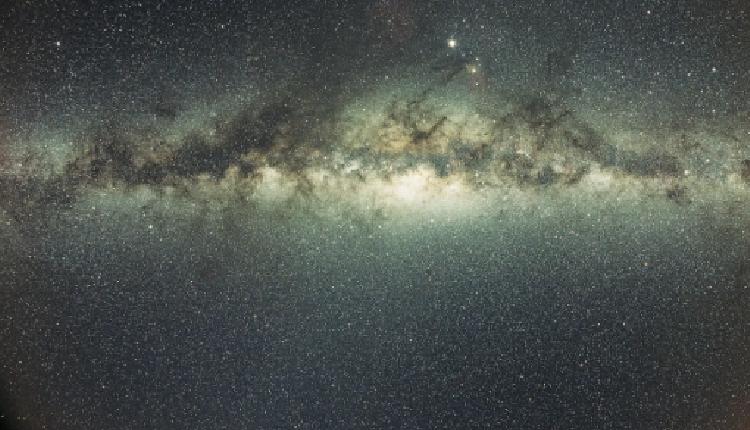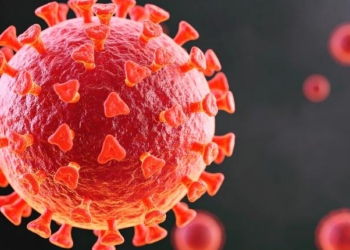New York: The next-generation James Webb Space Telescope has in a new image captured a portion of the dense centre of our galaxy in unprecedented detail, including never-before-seen features astronomers have yet to explain.
The star-forming region, named Sagittarius C (Sgr C), is about 300 light-years from the Milky Way’s central supermassive black hole, Sagittarius A.
“There’s never been any infrared data on this region with the level of resolution and sensitivity we get with Webb, so we are seeing lots of features here for the first time,” said principal investigator Samuel Crowe, an undergraduate student at the University of Virginia in Charlottesville. “Webb reveals an incredible amount of detail, allowing us to study star formation in this sort of environment in a way that wasn’t possible previously.
“The galactic centre is the most extreme environment in our Milky Way galaxy, where current theories of star formation can be put to their most rigorous test,” added Professor Jonathan Tan, from the University of Virginia. Amid the estimated 500,000 stars in the image is a cluster of protostars — stars that are still forming and gaining mass — producing outflows that glow like a bonfire in the midst of an infrared-dark cloud.
At the heart of this young cluster is a previously known, massive protostar over 30 times the mass of our sun.
The cloud the protostars are emerging from is so dense that the light from stars behind it cannot reach Webb, making it appear less crowded when it is one of the most densely packed areas of the image.
Smaller infrared-dark clouds dot the image, looking like holes in the starfield. That’s where future stars are forming. Webb’s NIRCam (Near-Infrared Camera) instrument also captured large-scale emission from ionised hydrogen surrounding the lower side of the dark cloud, shown cyan-coloured in the image.
Typically, Crowe said, this is the result of energetic photons being emitted by young massive stars, but the vast extent of the region shown by Webb is something of a surprise that bears further investigation.
Another feature of the region that Crowe plans to examine further is the needle-like structures in the ionised hydrogen, which appear oriented chaotically in many directions.
“The galactic centre is a crowded, tumultuous place. There are turbulent, magnetised gas clouds that are forming stars, which then impact the surrounding gas with their outflowing winds, jets, and radiation,” said Ruben Fedriani, a co-investigator of the project at the Instituto Astrofisica de Andalucia in Spain.
“Webb has provided us with a ton of data on this extreme environment, and we are just starting to dig into it.” Webb is an international programme led by NASA with its partners, ESA (European Space Agency) and the Canadian Space Agency.
(IANS)
















